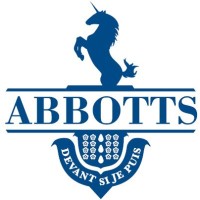The Research and Development (R&D) Tax Incentive Program (R&D program) aims to boost competitiveness and productivity in Australia’s industries. Companies that undertake R&D will receive a tax offset of up to 48.5 per cent of costs incurred for their R&D activities.
On 27 October 2023, the Australian Taxation Office (ATO) issued a taxpayers alert (TA2023/4) in connection with some common structures research entities use to generate intellectual property within their own Group.
The ruling highlights some very common commercial arrangements whereby one member of a group of companies may provide services to an R&D qualifying entity within the group and in return become entitled to exploit that research under licencing or royalty agreements.
The ATO through the ruling leaves no doubt in the reader’s mind that they consider a high risk of contrived transactions may result from the associated nature of the participants’ transactions. This includes the existence of debt settlements through loan accounts, non-arms length terms of trade and the use of round-robin type obligations.
When faced with complex and bespoke taxation activities it is not uncommon for the tax office to seek to interpret the law by use of some pretty extreme examples of taxpayer behaviour recharacterized as the norm. They on occasion then seek to offer some clear guidance of what will or will not be considered acceptable and unacceptable behaviour. These are generally referred to as Brightline Tests or Safe Harbour Rules. If taxpayers operate outside of these guidelines they risk being classified as reckless with attendant elevated penalties on the basis that ‘they were warned’
Taxpayers undertaking concessional R&D that includes services being provided to the R&D claimant by associated entities should exercise a high level of caution to ensure that any negative risks are identified and mitigated by a thoroughly documented analysis of the substance of the groups transactions rather than merely the form of the transactions.
Any Brightline Test is likely to be applied to form before substance simply because its easier for the tax officers involved. This could lead to messy, expensive and stressful tax audit activity where none was in fact justified.
R&D claims should be prepared with sound documentation as to their bona fide entitlement to the concessions provided for and consideration should be given to whether restructuring is warranted to mitigate the audit scrutiny risk.

